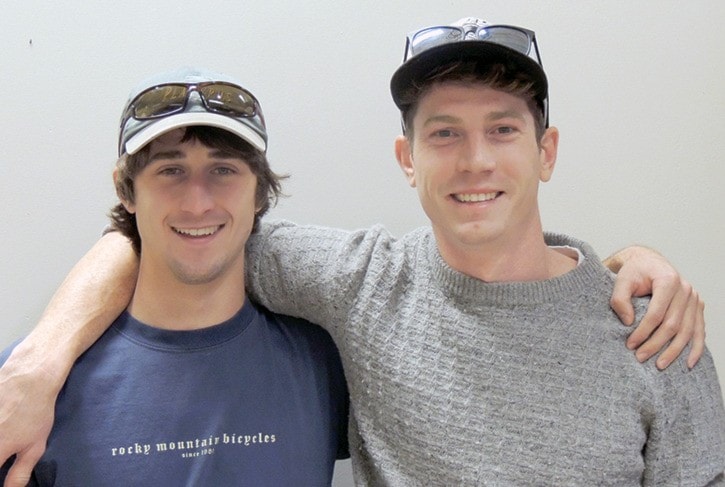The Kootenay Lake Action Plan (KLAP) is a five-year plan to recover Kokanee salmon in Kootenay Lake as quickly as possible.
Kokanee have been declining since 1964 and are at a record low, two per cent of average. Many factors have led to the decline in Kokanee numbers.
For example, Kokanee are a keystone prey species, a crucial food source for predators like rainbow trout, bull trout and the regionally unique Gerrard trout.An imbalanced predator-prey relationship is considered to be an important factor in their decline.
The recovery plan has suggested three strategies:
1) fertilized eggs and fry stocking;
2) continued nutrient addition to the lake; and
3) sport fishing closures.
Through stocking, the 2016 target was set between 65,000-140,000 spawners with the hope of reaching full recovery of 500,000 spawners in four years.
There was significant debate about the value of stocking, but without it, spawner numbers are projected to be much lower than the threshold.
Historically, nutrient additions have substantially benefitted Kokanee.
From 1950-1973, a Cominco fertilizer plant in the Kootenay Lake watershed incidentally supplied nutrients to Kootenay lake. These nutrients boosted phytoplankton numbers, boosting zooplankton numbers, providing an ample food source for juvenile Kokanee.
Kokanee numbers increased until the completion of Duncan Dam in 1967, whereupon fish numbers plateaued. Sharp declines followed the Cominco plant closure and the construction of Libby Dam.
All these developments limited nutrient flows in the system. This led to the industry-funded, provincially operated fertilization program starting in 1992 which sustained numbers from completely faltering, but couldn’t recover population numbers prior to dam construction.
Sport fishing closures continue to be important for Kokanee recovery. This fishery is estimated at $5-10 million annually and is a high priority for the local economy. Boosting populations as quickly as possible is significant to address local economic concerns.
The action plan is proposing the stocking option as the best first step to have an immediate and significant effect on the number of Kokanee in the lake. They also suggest a possible next step. If they can reach target spawner numbers, the plan is to do nothing else but monitor carefully and rely on the natural resiliency of the ecosystem to recover the Kokanee population further. Relying on ecosystem resilience, however, requires the ecosystem to actually be resilient, to have the ability to bounce back after a disturbance.
The ecosystem of Kootenay Lake has been severely affected by a number of disturbances that continue to affect the ability of the ecosystem to bounce back. For example, the introduction of mysid shrimp to Kootenay Lake with the intention of feeding juvenile Kokanee backfired and they’re now are a permanent competitor for zooplankton.
The construction of dams on the Kootenay, however, is likely the largest factor effecting ecosystem resilience. Dams below the lake were built to provide energy for B.C. but Duncan Dam above the lake was built as a storage dam for U.S. power generation as part of the Columbia River Treaty.
Duncan reservoir created by the dam is 50 per cent larger than Kootenay Lake and probably responsible for catching and holding upstream nutrients from flowing downstream. Further, the reservoir flooded key spawning habitat for the Kokanee and trout populations.
The effects of dams on the Kokanee problem seems to be clear but is rarely addressed.
With the expectations of power generation and water storage of the existing dams, it is difficult to imagine their removal today in an effort to recover an ecosystem in danger of collapse.
It’s important, however, that their impacts aren’t completely overlooked while we put bandaids on ecological problems like Kokanee population decline.
If the plan is successful, we shouldn’t forget the need to have an honest discussion about our dams.
